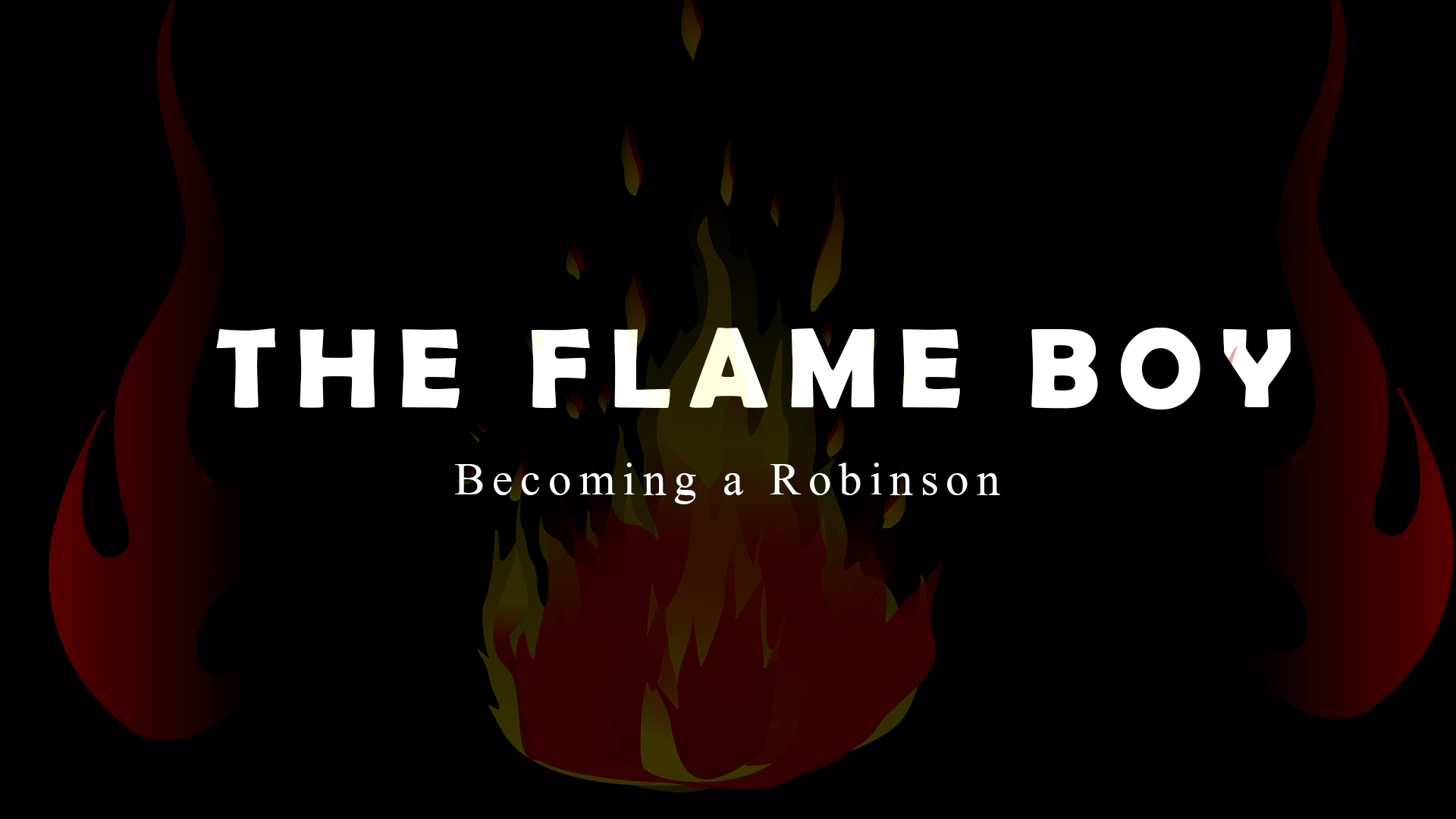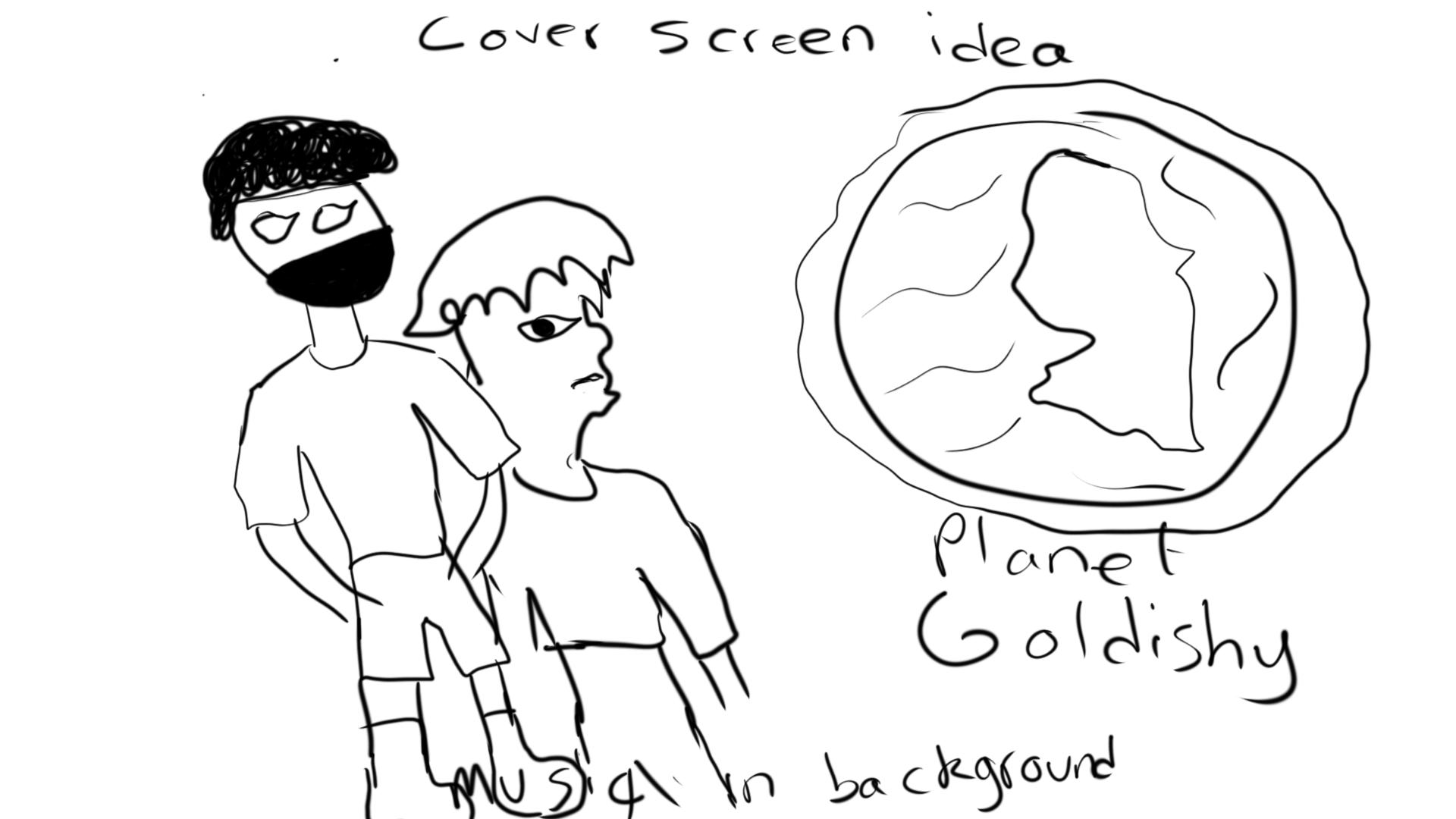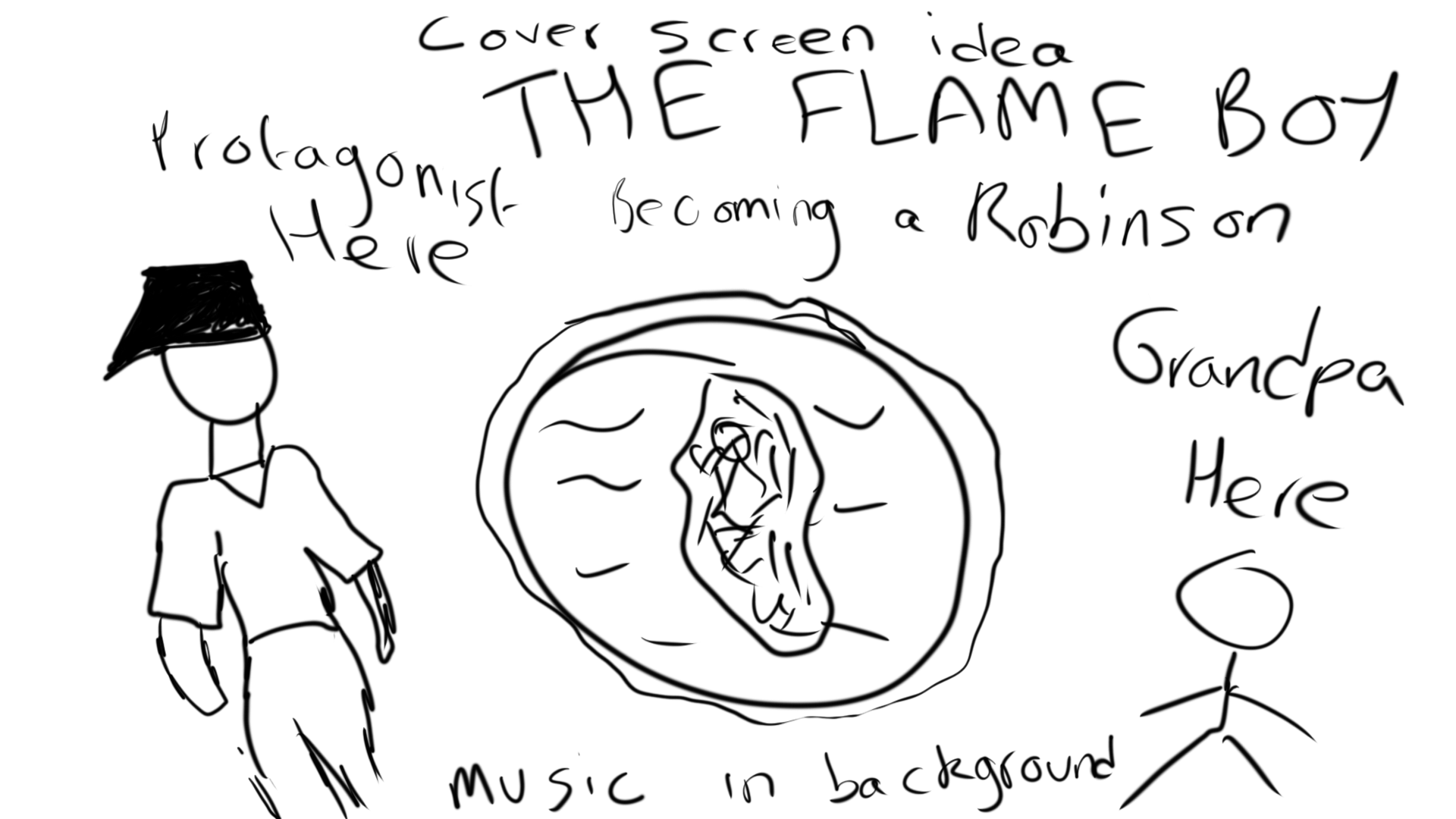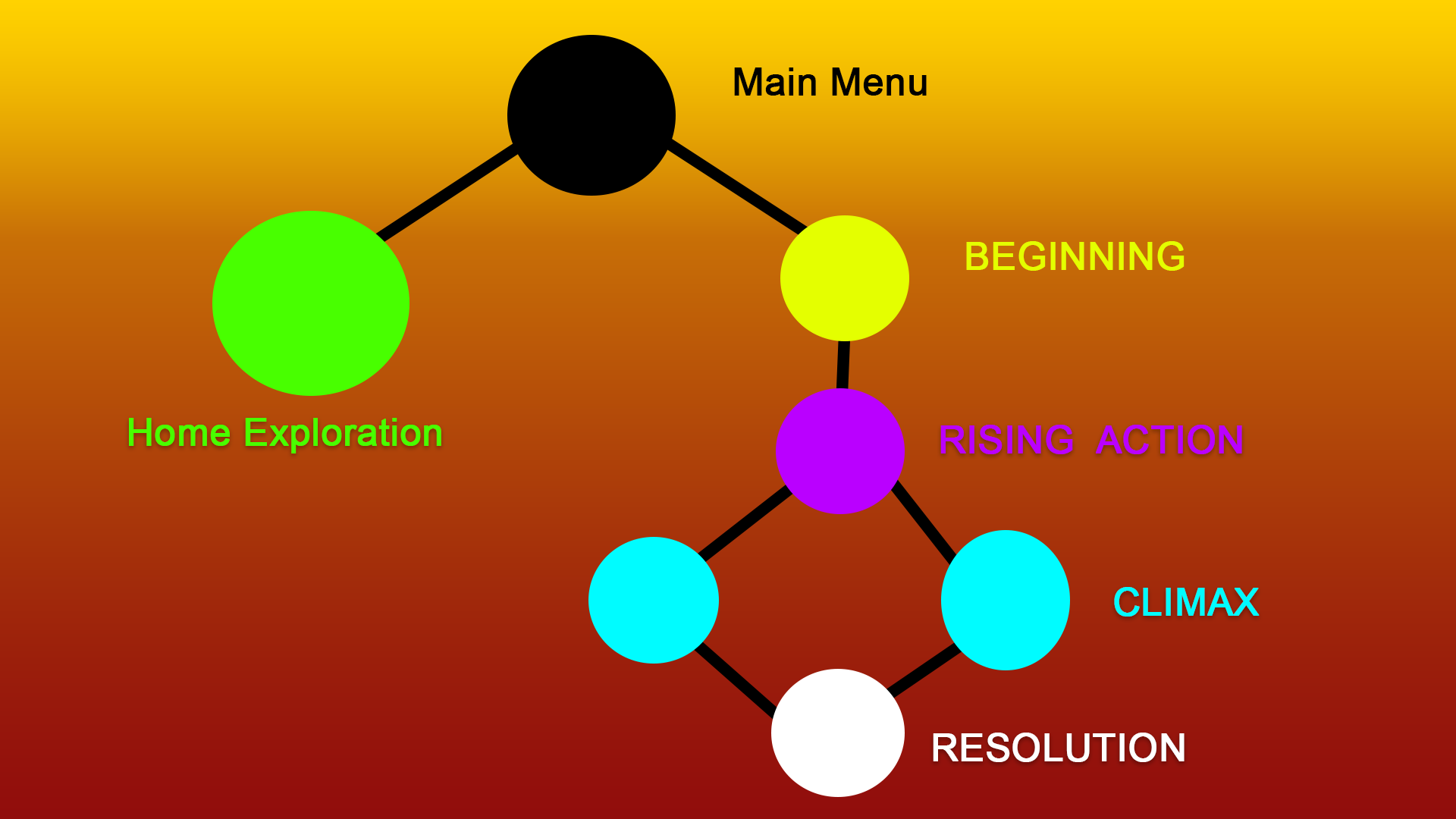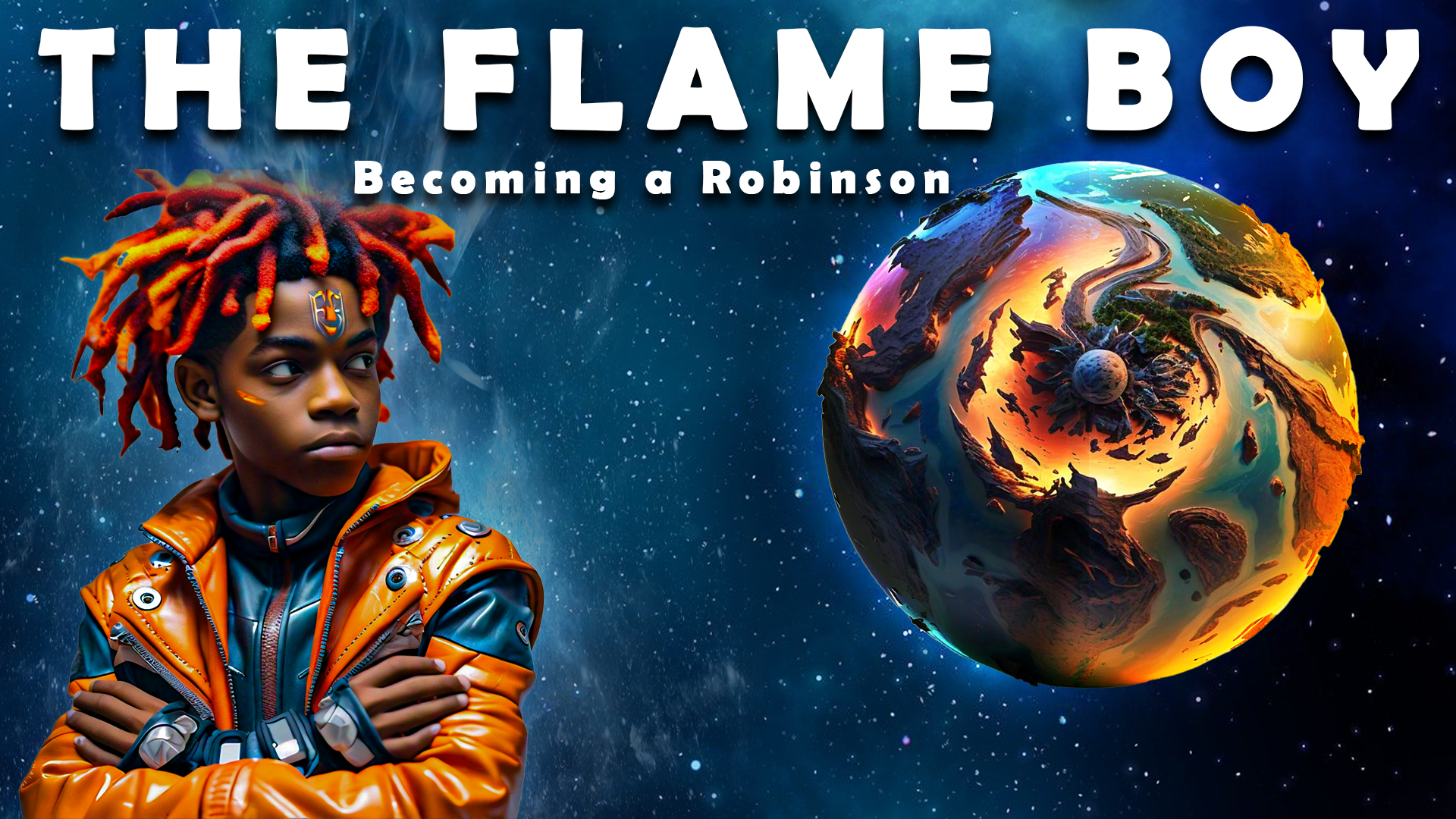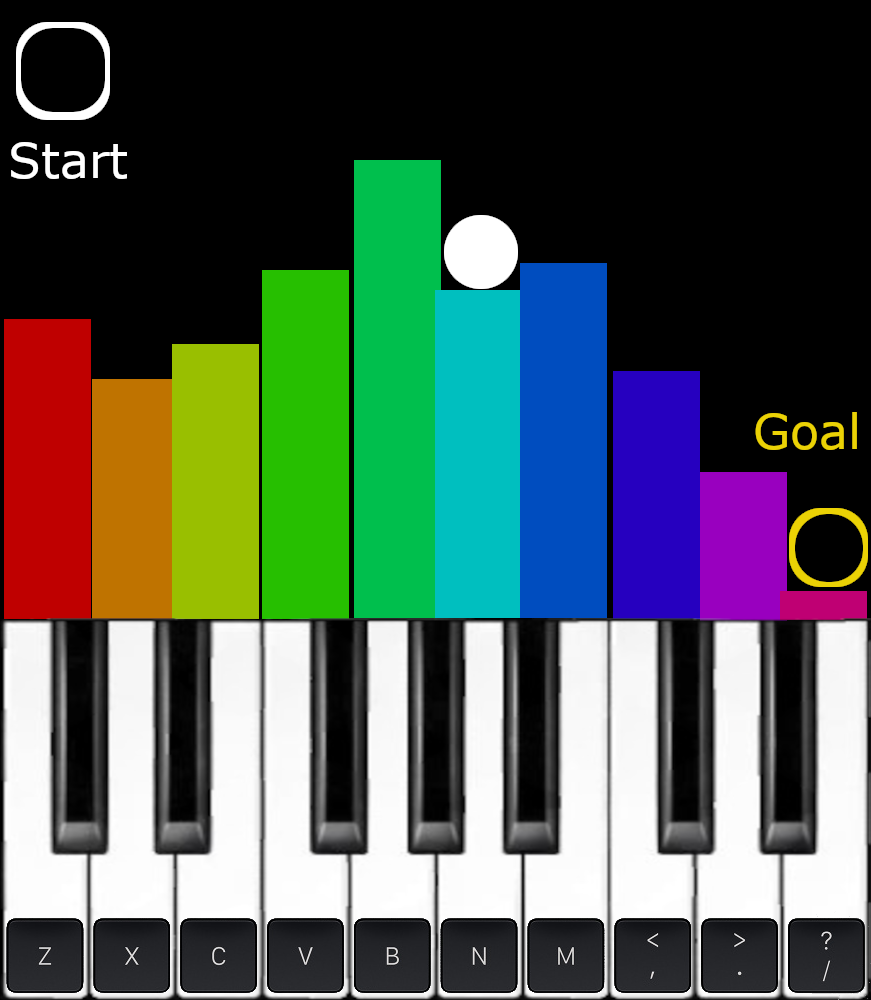Hey there! 👋
I was reading this great article about Computer Vision for Artists and Designers, which mainly talks a bit about the history of computer vision, interactive media using computer vision, and some basic computer vision techniques.
It made me think about an interesting comparison, of the difference between our vision, and that of a computer’s. While the structural and architectural differences are obvious (biological vs technological), a more interesting comparison point lies in the processing. Video, as the article mentioned, doesn’t contain any inherent, easily understood meanings. Instead, in both cases, it is up to the processing to extract key information and figure out the required details. While such a task is usually easy for our brain, trivial in fact, is an incredibly difficult problem to overcome, especially from scratch. It might seem easy to us, because our brain is one the most complex things in the universe, and also had a huge head start 😂, allowing it to develop specialised pathways and processes capable of carrying out this operation in a breeze, which is understandable as vision is an extremely important tool in our survival. Computer vision meanwhile, is starting in this gauntlet of a task, nearly from scratch. While we do not have to evolve biological structures and compete on our survival, there is still a very real challenge, though thankfully, we can progress on this frontier much quicker than evolution or nature could (that big brain of ours coming in handy again. Wait, if you think about it, we are using our eyes and brain, to replace, our eyes and brain… and our entire body and self, in fact).
There are several methods of implementing different aspects of computer visions. Some basic ones, mentioned in the article, include detecting motion (by comparing the difference in the current frame with the previous one), detecting presence (by comparing the difference in the current frame with one of the background), brightness thresholding (just checking if a pixel is lighter or darker than a certain threshold), and rudimentary object tracking (usually by finding the brightest pixel in the frame), though many other basic techniques also exist (eg. such as recognising what a picture is by comparing against a stored collection of images). These basic implementations however cannot stand much alternation in their expected environment, and even something relatively simple (like the background changing colour, perhaps by a shadow being cast) would render them ineffective. Also, trying to implement a task as vast as computer vision by precise, human defined algorithms, is extremely hard (I know all algorithms are technically precisely defined, so what I mean by this is that we have specifically coded in behaviours and processes).
A far more successful approach (like in many other fields from aerodynamics to energy efficiency), has been to try and somewhat copy what nature does (though on a simpler scale). “Recent” approaches like neural networks, and other machine learning techniques, have begun far outperforming anything a precisely defined algorithm could do, on most real world tasks. The simplest structure of a neural network, is to have neurones, or nodes, connected to other nodes, and the value is simply modified as it travels from node to node (vast oversimplifying), mimicking the model of the neurons in a brain (though in a much more basic representation). The beauty of such approaches is that they leave the specifics undefined, allowing the model and training process to improve itself, automatically choosing a somewhat good selection of processes to extract meaningful information (when done right). Of course, this doesn’t mean that this is easy, or that one a neural network is made, all the problems can be solved by simply feeding it enough data – innovation in the architecture of the neural networks themselves (e.g. the introduction of U-nets, LTSM, transformers, etc) and surrounding ecosystem must also happen – but it does allow a different way of doing things, which has so far yielded fruitful results (checkout any of the vast number of computer vision libraries, including PoseNet, YOLO, and probably most importantly, OpenCV).
Though the advancements in computer vision are coming ever faster, and many people around the globe dream about being able to control things with just their body and vision (probably in no small part due to movies showing cool futuristic tech), the use of computer vision, in anything, is still a heated discussion. On one hand, widely implementing it could provide alternative pathways to accomplish tasks for many people who might otherwise not be able to do it, increasing accessibility, and it also enables several use cases which before were never even thought to be remotely possible (and also, it’s just cool!). On the other hand however, as with any technology, we have to acknowledge that the vast capabilities of such a system could also be used for nefarious purposes. In fact, governments and corporations are already misusing the capabilities to carry out dystopian practices on an unprecedented scale, widely being in mass surveillance, targeted tracking, selling user info, avoiding responsibilites (eg. car manufacturers on warranty claims), and so much more, all for power and profit (you might think I’m exaggerating a little, but no, look it up. The rabbit hole goes extremely deep (and I’d be happy to chat about it 🙂 )). As a certain spidey’s uncle once said, “With great power comes great responsibility”, and currently, we can’t be sure that those with that power won’t abuse it, especially as they have already routinely been.
With such a conundrum of implications and possibilities, computer vision’s use in interactive art is no doubt a little damper, with it predominantly being featured in places where it is easily and visibly stopped/escaped, such as galleries and public (but not too public) and private installations, and apps and websites users trust, vs throughout every aspect of our lives (though it is undoubtedly hard to fully trust an app/website, and that trust can be easily broken, though of course, not everyone is as weary of these technologies).

